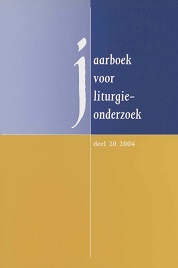Middeleeuwse kerken op het eiland Saaremaa (Estland). De gebouwen en hun inrichting
Abstract
The seven medieval churches on the Estonian island of Saaremaa in the Baltic Sea, which were built mainly between 1250 and 1350, form a rather homogenous group of houses of God at the extreme north-eastern frontier of the Christian world at that time. They are humble single-hall churches of small dimensions, erected in an early Gothic architectural style. Although some churches were altered by later changes and additions most of the churches have preserved their original aspect well. Stylistically, strong influences from overseas can be seen, directly from the nearby Swedish island of Gotland and indirectly from Westphaha and the German Rhineland. Some features, like the absence of towers and the austere finish, are possibly due to the strong influence by the Cistercians. The paintings on walls and vaults, of which only remnants are visible, follow a pattern that can be found in other places as well. Particularly rich in sculptures is the church of Karja and here, again, stylistic parallels mainly point towards Gotland. In contrast to that Swedish island, however, the churches of Saaremaa have kept little of their pre-Reformation furnishings. Nevertheless, the vestiges remain interesting. Apart from the altars and the baptismal fonts, which have retained their function in Lutheranism, in most churches also the tabernacle niche and the piscina can be found. In this last category in particular, there is a considerable variety in placing, forms and dimensions. The striking recesses in the nave walls at Karja and Valjala possibly functioned as Easter Sepulchres.


